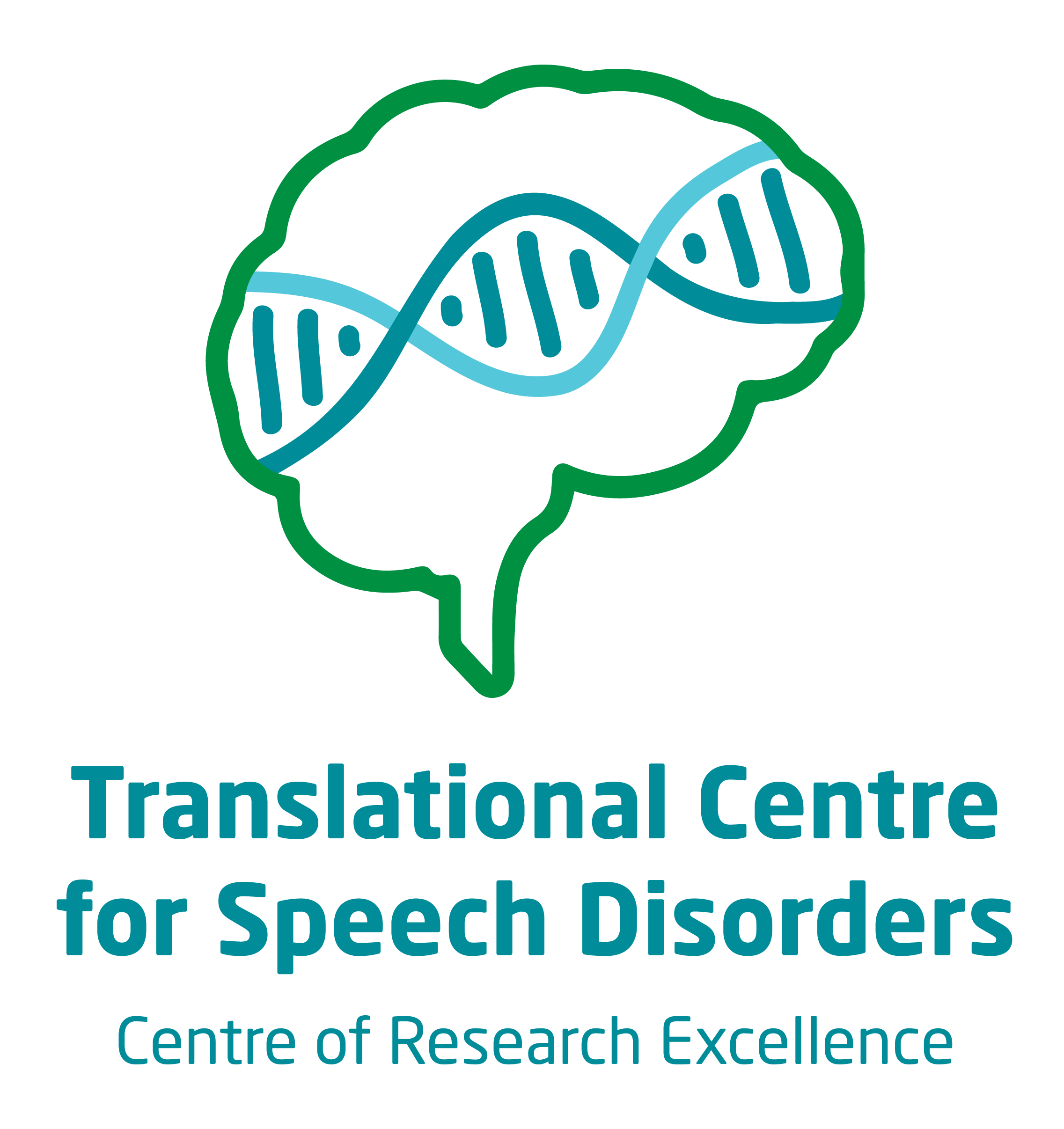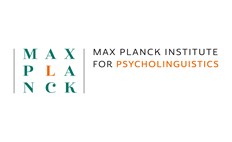7q31 deletions (FOXP2+)
What are 7q31 deletions?
FOXP2 is a gene on chromosome 7q31.1.1 FOXP2 is important for brain development (pre and post birth), growth of nerve cells. 7q31 deletions can affect the FOXP2 gene and neighbouring genes, which can result in altered development. Individuals with 7q31 deletions may also be referred to as having FOXP2+ related speech and language disorder.2 The size and location of an individual's 7q31 deletion will determine whether only speech and language is impacted (FOXP2-related speech and language disorder) or whether the individuals will experience broader (global) neurodevelopmental disabilities, such as intellectual disability and autism spectrum disorder (FOXP2-plus related speech and language disorder).2,3
Further information and support
- The plain language summary of our research on 7q31 deletions is available here.
- For information on speech and language abilities and 7q31 deletions, please see our fact sheet
- More information on CAS: CAS Fact Sheet
- More information on AAC: AAC Fact Sheet
- Apraxia kids information support group: Support Group Website
Contact
For further information, do get in touch with the CRE Speech and Language team at:
Email: geneticsofspeech@mcri.edu.au
Phone: (03) 9936 6334
Frequently asked questions
The speech disorder childhood apraxia of speech (CAS), a motor speech disorder causing disorders speech planning and programming is common. Language disorder are also common, ranging from mild to severe language disorder across receptive (understanding) and expressive language skills. Those with smaller 7q31 deletions have stronger language skills than those with larger deletions. Individuals also frequently have difficulties with reading and writing skills (literacy). For some individuals, their speech and and language challenges mean that they use Augmentative and Alternative (AAC) to support their communication. Some individuals use key word sign, whilst others use aided AAC systems (e.g., communication books, high-tech speech generating devices).4
The health conditions and neurodevelopmental diagnoses associated with 7q31 deletions include, but are not limited to:4
- Intellectual disability: Individuals with large 7q31 deletions are likely to have more marked intellectual disability than individuals with smaller deletions.
- Motor skill difficulties
- Delayed motor milestones
- Hypotonia
- Feeding difficulties
- Sleep disturbance
- Autism spectrum disorder
- Mental health diagnoses
- Vision impairment
Individuals with smaller deletions often learn to speak after 18 months of age, later than what is seen in typical development (~12 months). Individuals with larger deletions (>12.5Mb) may not learn to speak, even into adulthood. Some individuals have learnt to speak first words, but may not learn to combine words into spoken sentences.4
Childhood apraxia of speech (CAS) is common. With the frequent occurrence of childhood apraxia of speech and dysarthria), intelligibility (ability to be understood by others) can be impacted, but we know little about how speech develops overtime.4
Several individuals with 7q31 deletions use communication aids/augmentative and alternative communication (AAC, e.g., key word sign or assistive communication devices) to support speech or as an alternative to speech. Some individuals may only require AAC during early childhood, due to delayed speech development. Other individuals may require AAC into adulthood as speech disorders make their speech difficult to understand.4
Most individuals with 7q31 deletions attend specialist educational settings. Some individuals attend mainstream school settings with additional earning supports.4
There has been no research on speech, language and AAC interventions that are specifically designed for individuals with 7q31 deletions. Currently, interventions are specific to an individual’s needs and goals and require a speech pathologist/therapist to ensure that the current best-evidenced therapies are implemented.
Due to the high levels of speech disorder, hearing impairment, delayed speech milestones, presence of regression, and some individuals remaining non-speaking, many individuals with 7q31 deletions would likely benefit from AAC (e.g., key word sign or assistive communication devices).
Likewise, evidence-based speech therapy to target specific speech disorder profiles (e.g., childhood apraxia of speech), may be appropriate for those individuals with speech disorders.5
Lastly, targeted literacy interventions (e.g., such as systematic, synthetic phonics) may be appropriate for some individuals.6
References
- Genetics Home Reference. (2025). FOXP2 Retrieved. https://ghr.nlm.nih.gov/gene/FOXP2#location
- Morgan, A., Fisher, S.E., Scheffer, I., Hildebrand, M. (2023). FOXP2-Related Speech and Language Disorders. GeneReviews. https://www.ncbi.nlm.nih.gov/books/NBK368474/
- Morison, L. D., Meffert, E., Stampfer. M., Steiner-Wilke. I., Vollmer, B., Schulze, K., Briggs, T., Braden, R., Vogel, A., Thompson-Lake, D., Patel, C., Blair. E., Goel, H., Turner, S., Moog, U., Riess, A., Liegeois, F., Koolen, D. A., Amor, D. J., Kleefstra, T., Fisher, S. E., Zweier, C., Morgan, A. T. (2022). In-depth characterisation of a cohort of individuals with missense and loss-of-function variants disrupting FOXP2. Journal of Medical Genetics, 60(6), 597-607.
- Morison, L. D., Braden, R., Amor, D. J., Morgan, A. T. (2025). Speech and Language Disorders Associated With 7q31 Deletions Implicating FOXP2. American Journal of Medical Genetics Part A. e64190.
- Morgan, A. T., Murray, E., & Liegeois, F. J. (2018). Interventions for childhood apraxia of speech. Cochrane Database of Systematic Reviews, (5).
- Dessemontet, R. S., de Chambrier, A. F., Martinet, C., Meuli, N., & Linder, A. L. (2021). Effects of a phonics-based intervention on the reading skills of students with intellectual disability. Research in Developmental Disabilities, 111, 103883.






